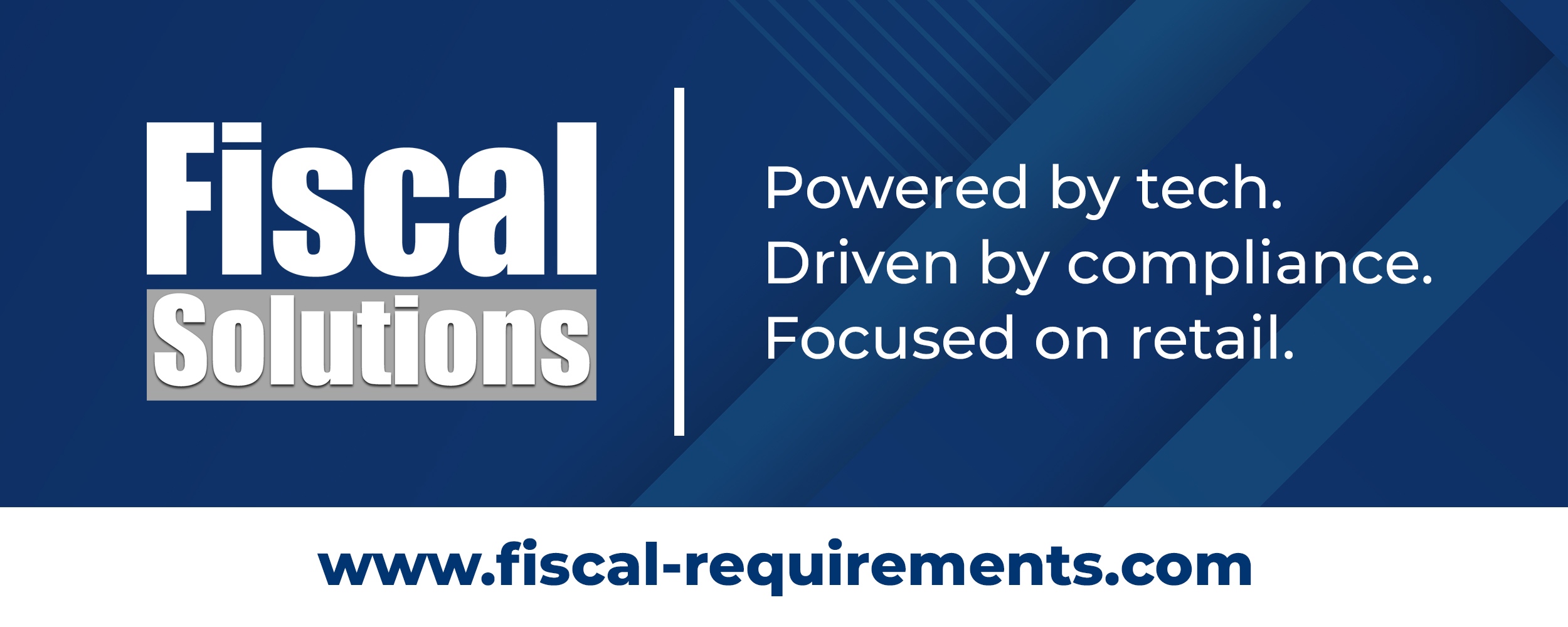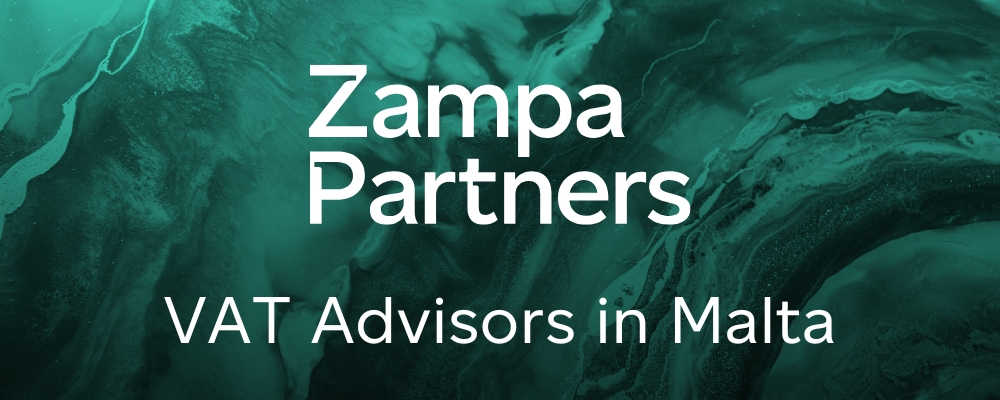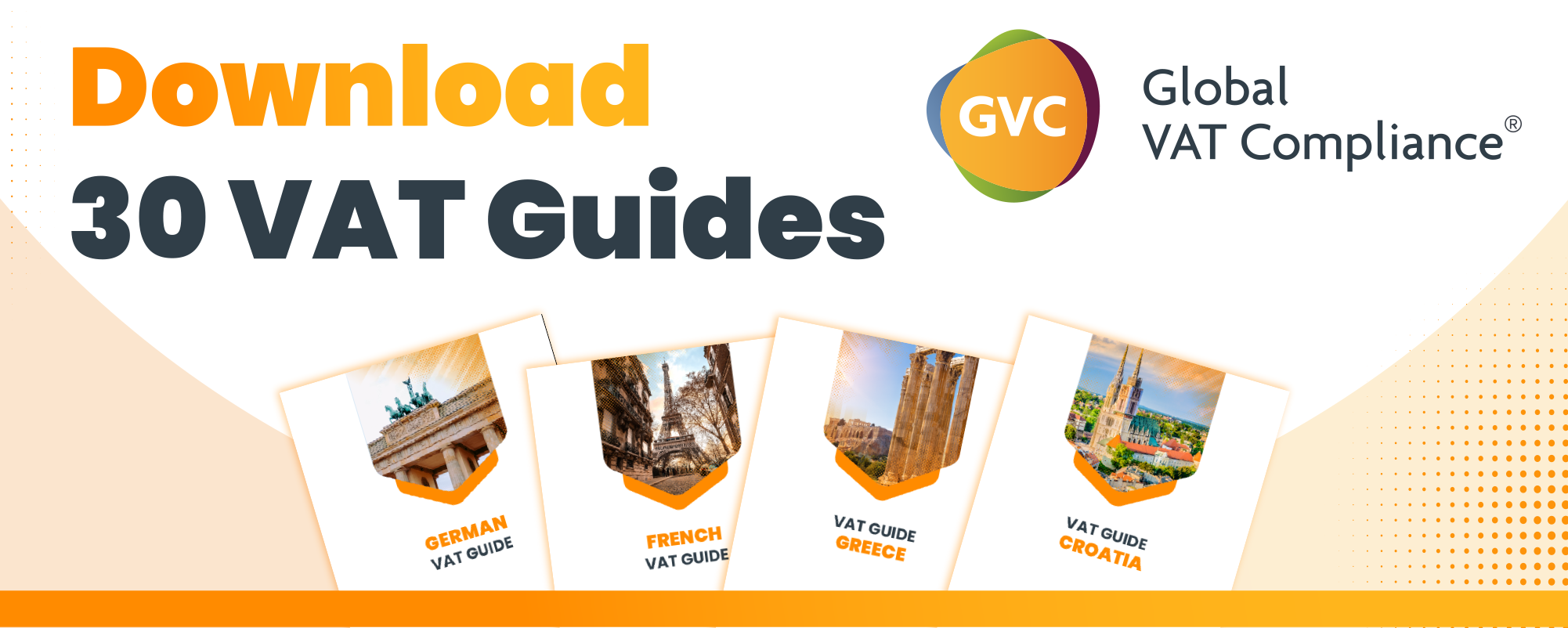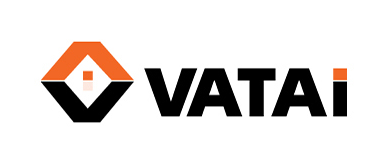This manual concerns the notification of uncertain tax treatments by large businesses
The Uncertain Tax Treatment legislation is intended to help reduce the legal interpretation portion of the tax gap by promoting early identification and disclosure to HMRC of tax uncertainties by large businesses in scope. Accurate and timely information provides opportunities for HMRC and customers to constructively discuss uncertainties, with the aim of significantly increasing the speed with which the customer’s tax position can be resolved.
Many large businesses already have an open and transparent relationship with HMRC, identifying and resolving tax uncertainties through proactive engagement. HMRC’s commitment to early engagement is strengthened by the Uncertain Tax Treatment regime, by providing an exemption from the notification requirements where relevant information is provided to HMRC at an earlier stage.
The Uncertain Tax Treatment notification requirement levels the playing field, promoting fairness in the system by requiring all uncertain tax treatments to be notified whilst promoting continued engagement with HMRC in an open and collaborative manner.
Customers within scope need to consider whether they have an uncertain amount that is potentially notifiable. An uncertain amount exists if one or both of two notification criteria (or triggers) are met and create a tax advantage that exceeds a £5 million de minimis threshold. Where customers identify an uncertain amount that is potentially notifiable, they can then choose with to provide information to HMRC and obtain exemption from formal notification of that uncertain amount, or formally notifying.
HMRC’s aim is to encourage businesses to engage early and in real-time as far as possible to obtain exemption. Support will be provided for businesses who engage early by providing assurance when they meet their obligations that they have obtained exemption. Earlier customer engagement is beneficial for all and customers should be encouraged to seek exemption rather than submitting notifications in line with filing deadlines.
- Customers seeking exemption will be provided support from Customer Compliance Managers (CCMs) for LB and the MSB Customer Support Team via the associated contact form. HMRC’s aim is to provide assurance to customers that they have provided the appropriate types of information in sufficient detail to achieve exemption from Uncertain Tax Treatment (UTT) notification in relation to that uncertain amount. Agreeing the tax treatment adopted is not a UTT- specific issue and will be dealt with in line with HMRC’s compliance strategy of seeking to work with customers in real-time. HMRC’s approach is to work collaboratively with customers on issues with significant tax implications pre-filing of tax returns where that is possible and in line with wider guidance.
- Where customers who notify formally ask HMRC for early certainty about whether the tax treatment adopted can be agreed, HMRC will assist if possible but will not prioritise this over supporting customers who engage early and seek exemption pre-filing of tax returns. Receipt of formal notifications submitted via online form will be automatically acknowledged upon submission, but this will not confirm whether the notification is valid or confirm HMRC’s position regarding the notified uncertainty. HMRC will risk assess notifications and will contact customers where appropriate based on the outcome of this risk assessment, prioritising compliance resources to the highest risks
- UTT12000 Scope: contents
- UTT13000 Notification criteria: contents
- UTT14000 Threshold test: contents
- UTT15000 Notification process: contents
- UTT16000 Exemptions: contents
- UTT17000 Penalties: contents
Source: gov.uk















